Ybor City is a historic neighborhood in northeast Tampa, Florida, once known as the “The Cigar Capital of the World.” How it earned that distinction is an interesting story you can learn on a Ybor City walking tour.
As a part of my recent collaboration with Visit Tampa Bay, I took a historical walking tour of Ybor City with Max Herman, owner of Tampa Bay Tours.
From the moment we met after I got off the free TECO Line Streetcar from downtown Tampa, I could tell I was in for an informative and entertaining experience.
Meet Vincente Martinez-Ybor

Max began our walking tour at the statue of Vincente Martinez-Ybor, a successful Spanish entrepreneur and cigar manufacturer.
Vincente established his first cigar factory in Cuba in 1852 and, by all accounts, was doing well there.
However, his support of Cuban independence from Spain led to tensions and his ultimate departure in 1869.
He didn't go far, though. He set up a new cigar manufacturing operation in Key West, Florida, about 106 miles north of Cuba.
The weather was similar; the humidity and year-round warmth are good for cigarmaking.
It wasn't long before Vincente had outgrown Key West. He scoured the U.S. for another place to grow his empire, eventually buying 40 acres of swampland northeast of downtown Tampa in 1885.

Ybor City is Born
By 1886, Vincente Martinez-Ybor had built Ybor City's first cigar factory, a beautiful red-brick building that still stands tall today. [Note: In 2010, it was bought and restored by the Church of Scientology.]
One of the world's largest cigar factories is useless without workers, so Vincente did everything he could to attract people to work in his factory.
This included building houses for the primarily immigrant populations that began flocking to Ybor City from Cuba, Spain, and Italy in search of new opportunities toward the end of the 19th century.
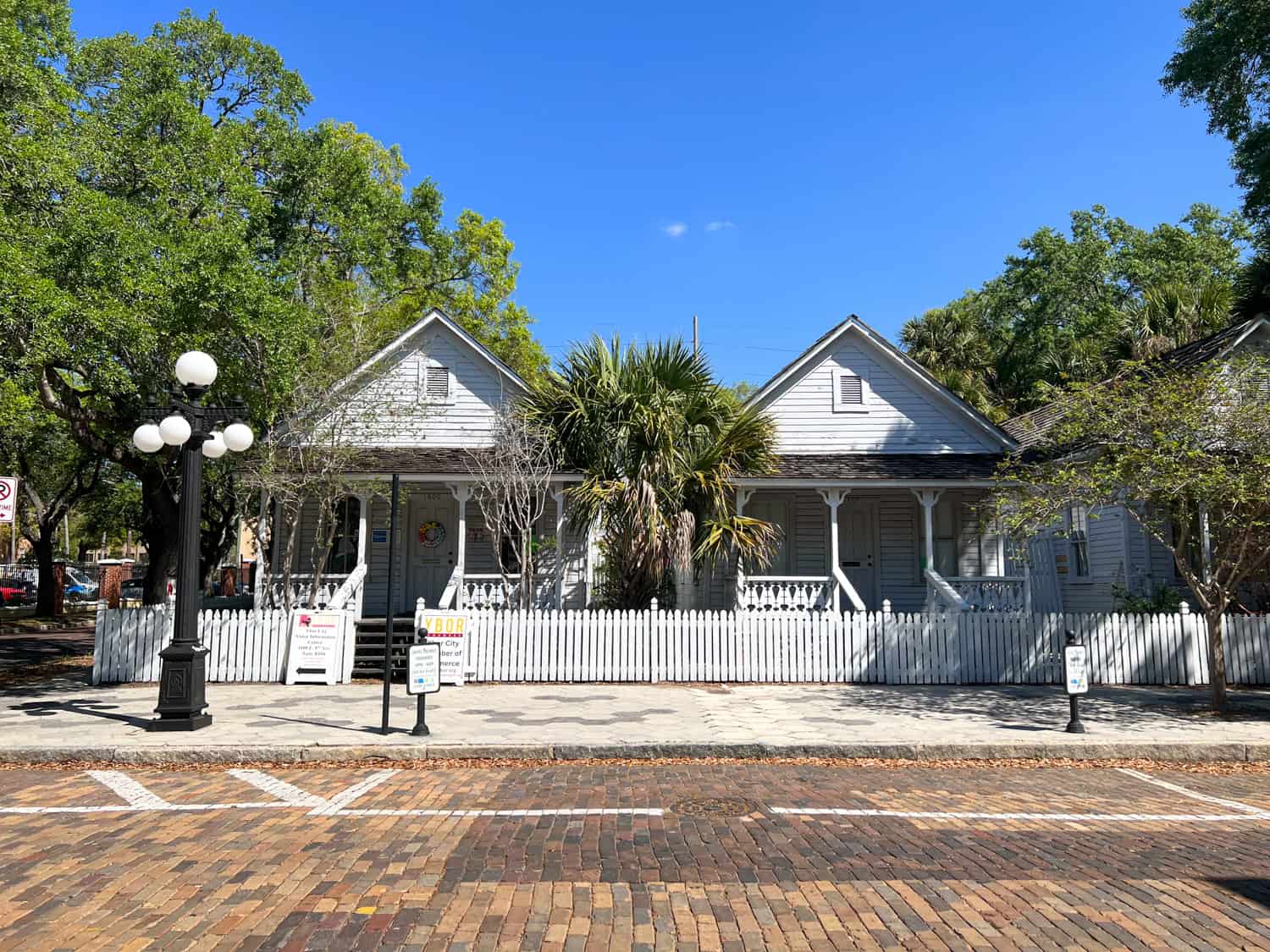
Since the immigrants arrived in the U.S. with few resources, Vincente allowed them to stay in the houses in exchange for withholding a small portion of their pay. It was a win-win scenario.
Only three of these wooden shotgun-style homes still exist.
Soon, other cigar makers were building factories in Ybor City, attracting even more immigrants.
Ybor City ultimately attracted tens of thousands of immigrants to the Tampa area over 40 years, impacting the local culture in a lasting way.
Related: Outdoor Activities in Tampa Bay
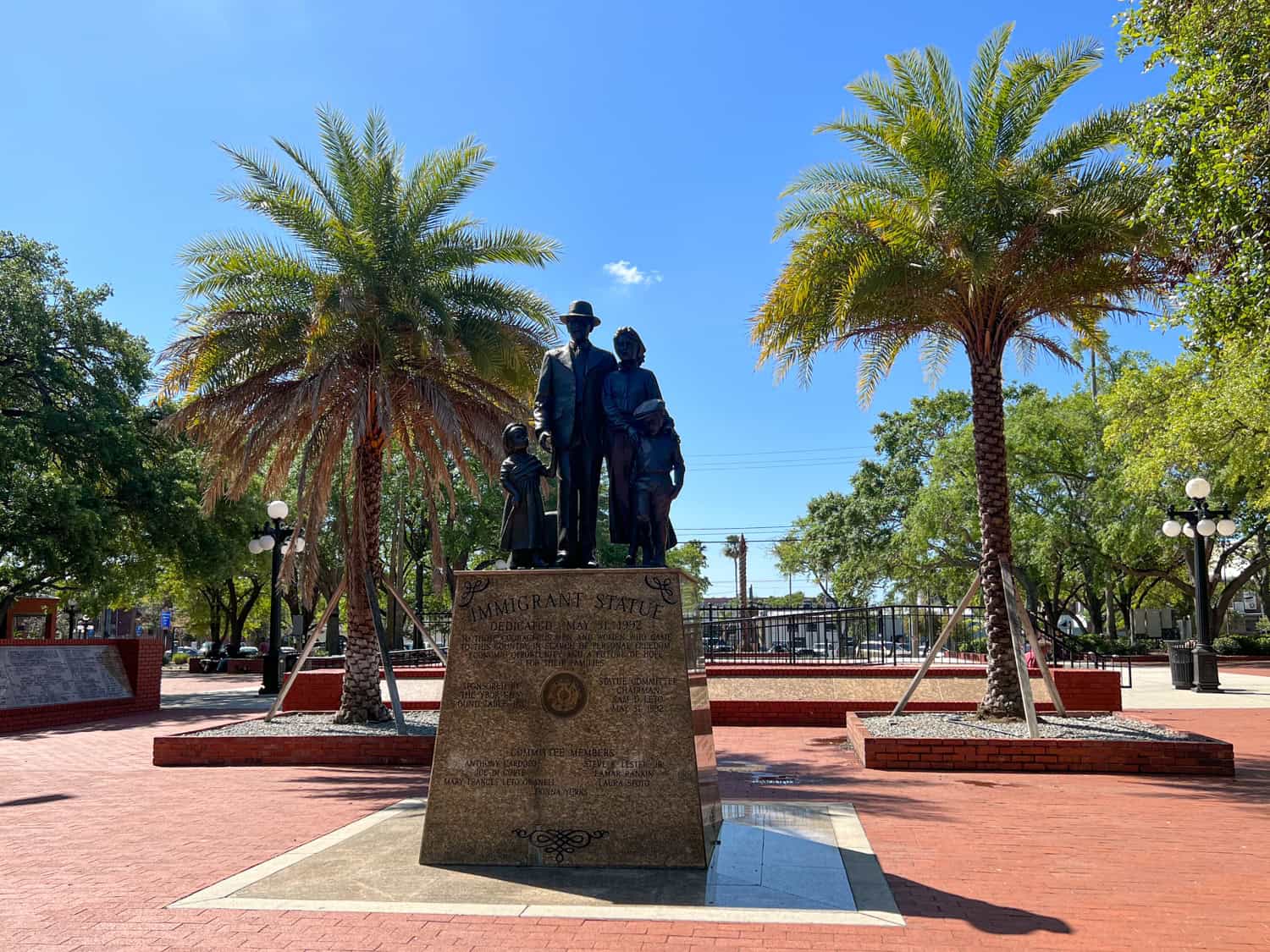
Cuban sandwiches, for example, are the result of Columbia Restaurant (the oldest restaurant in Florida) catering to the tastes of factory workers looking for a quick bite.
And Casa Santa Stefano is a modern Italian restaurant celebrating Sicilians' contributions to the city.
Social Clubs
The factory workers were well-paid and joined social clubs, such as The Italian Club of Tampa (est. 1918) and The Cuba Club (est. 1917). These clubs functioned as mutual aid societies.
Two of these key landmarks in Ybor City's rich history are still standing, and a tour guide like Max is your way inside.

There was an event of some kind happening at the Italian Club on the morning of my tour, so I didn't have the chance to go inside that one. However, Max had the keys to The Cuban Club (below).
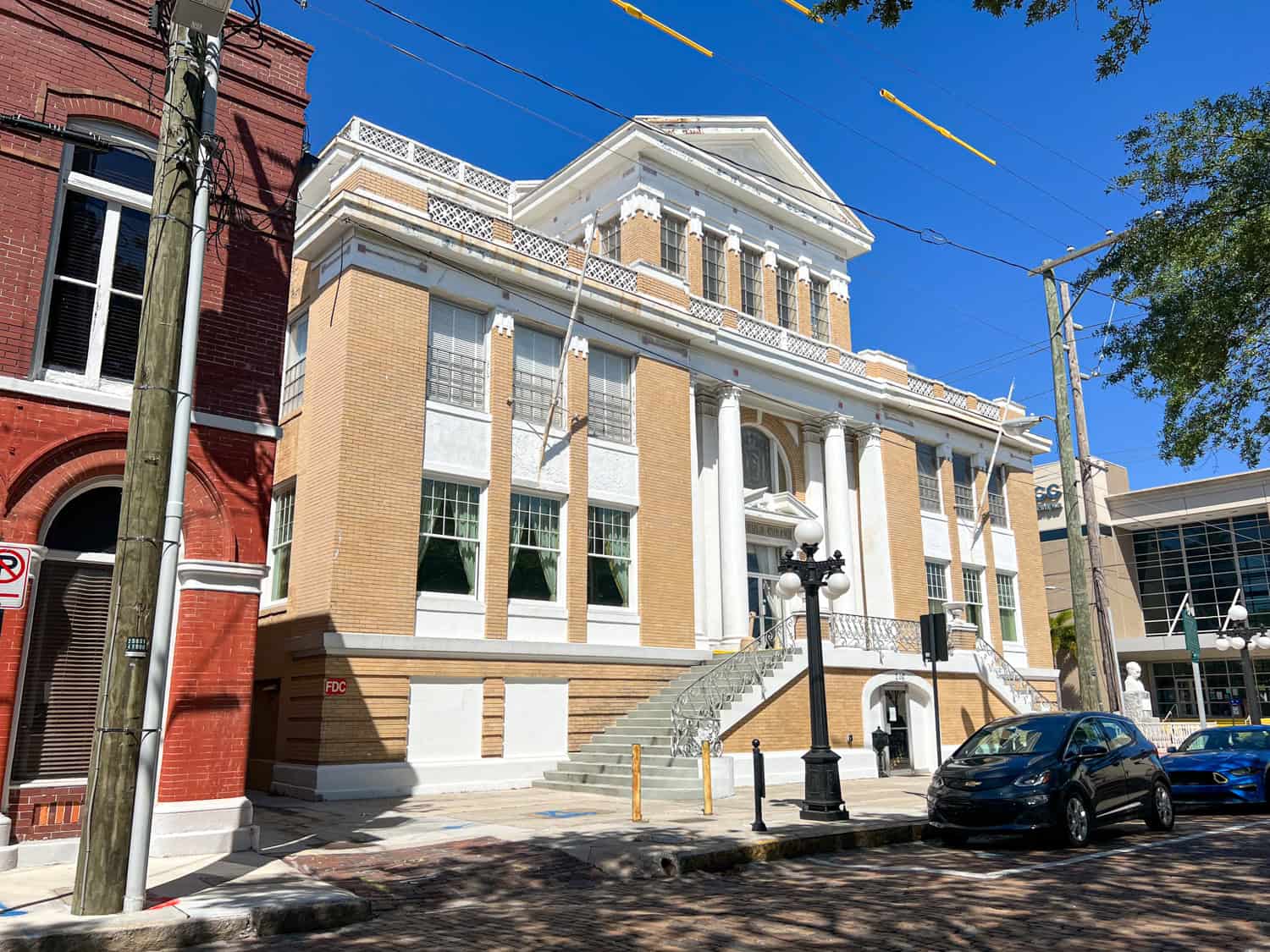
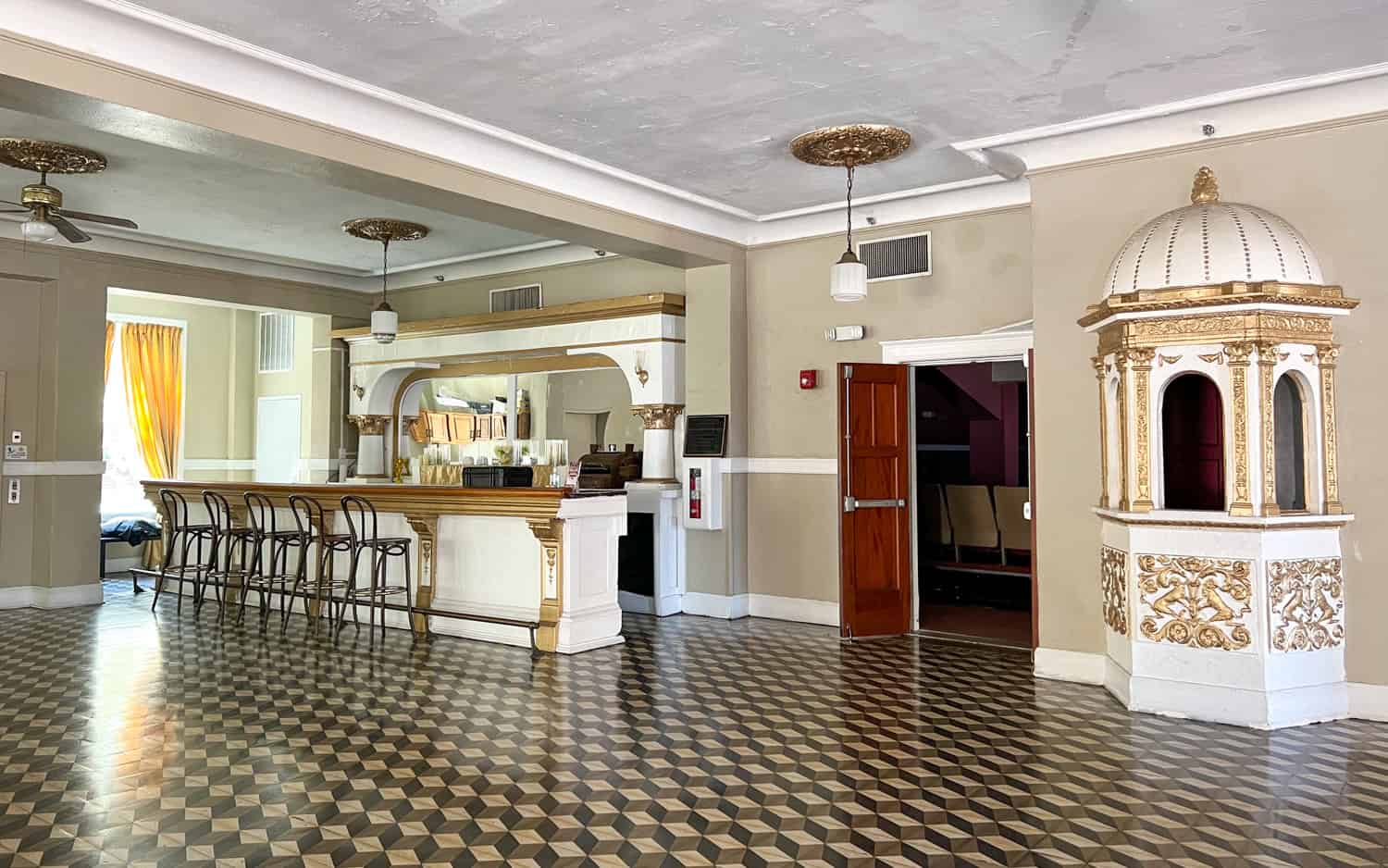
The four-story building features a bar, theater, and space for meetings, community events, and weddings.
It's also rumored to be haunted. You can learn about those stories on one of Max's Ybor City ghost tours.
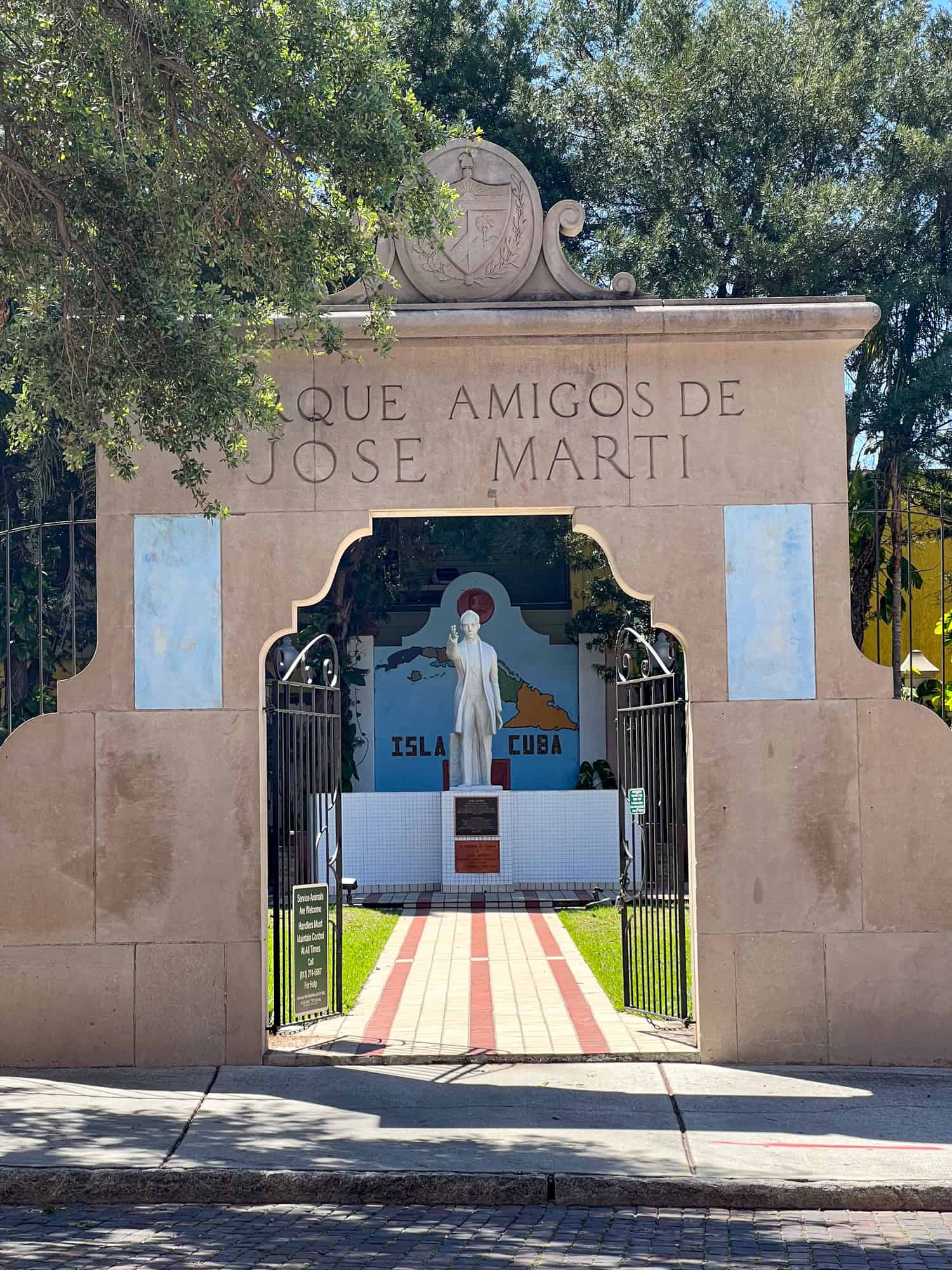
Jose Marti
My walking tour of Ybor City concluded at Parque Jose Marti, a 0.14-acre green space and statue dedicated to the Cuban poet, philosopher, and revolutionary.
Jose Marti was a leading voice in Cuba's fight for independence from Spain in the late 19th century. He often traveled around Florida, the United States, and Latin America to drum up support and donations.
His visibility brought its dangers, including an attempted murder by Spanish agents using poison during a visit to Tampa on December 16, 1892.
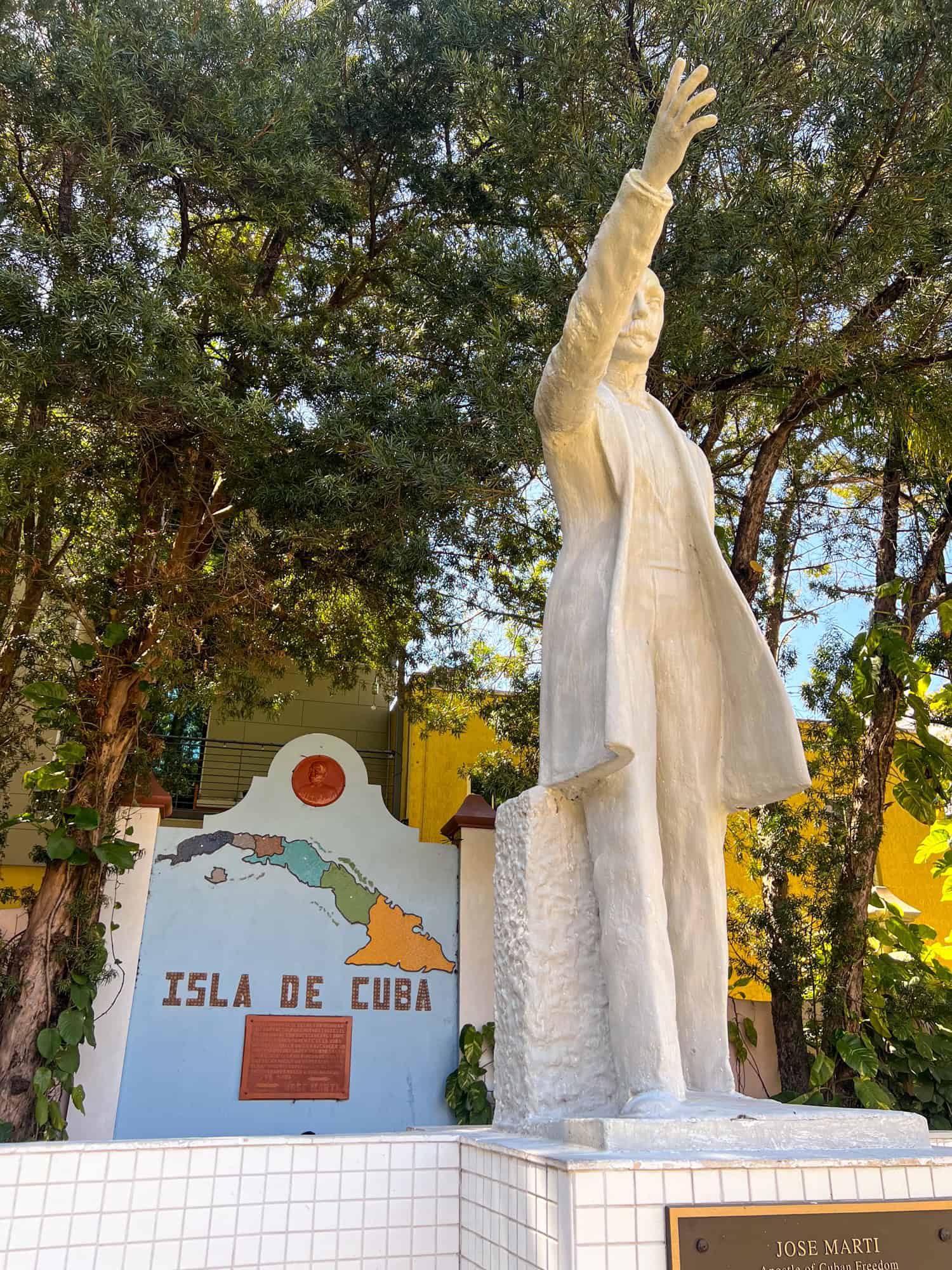
Cubans recognize him as a national hero for his efforts and life, which he gave on the battlefield against Spanish troops on May 19, 1895.
Three years later, in 1898, Spain was defeated. The U.S. formally recognized the Republic of Cuba on May 19, 1902.
The small park in Ybor City was donated to the Republic of Cuba in 1956 and was the only Cuban-owned land in the U.S. until the Cuban Embassy opened in Washington, DC, in 2015.
The park features soil from each of Cuba's provinces, so you're genuinely on Cuban ground when standing there. And no passport is required!
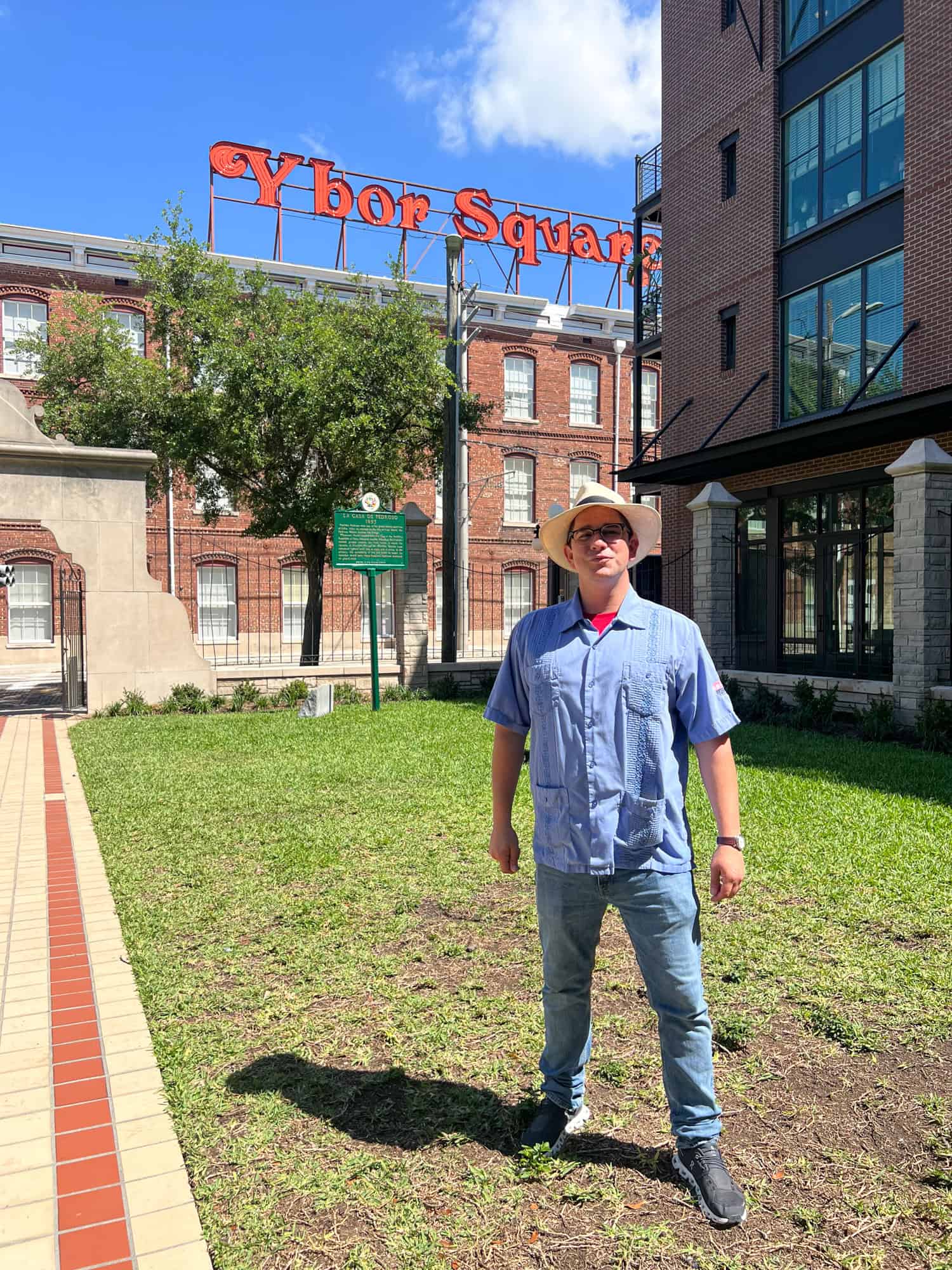
I learned a lot from my walking tour of Ybor City with Max. If you're a history buff, cigar aficionado, or into Latin culture, I highly recommend taking one to appreciate this National Historic Landmark District, one of only three in Florida.
Tampa Bay Tours
Reservations and more info: Call (813) 406-2180, or send an email to [email protected]
_____
I received a complimentary tour as part of my press trip with Visit Tampa Bay.
Dave is the Founder and Editor in Chief of Go Backpacking and Feastio. He's been to 66 countries and lived in Colombia and Peru. Read the full story of how he became a travel blogger.
Planning a trip? Go Backpacking recommends:
- G Adventures for small group tours.
- Hostelworld for booking hostels.
